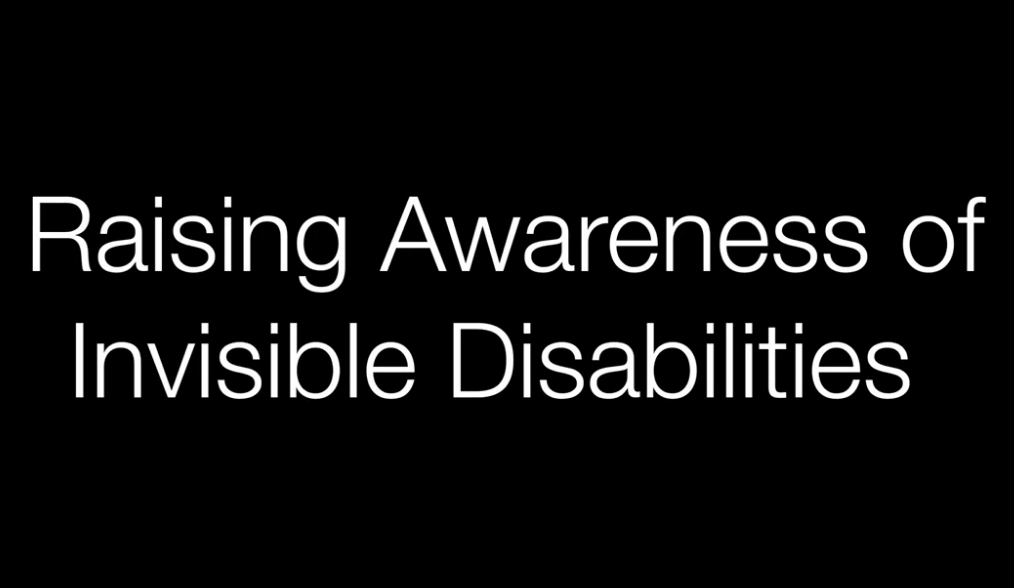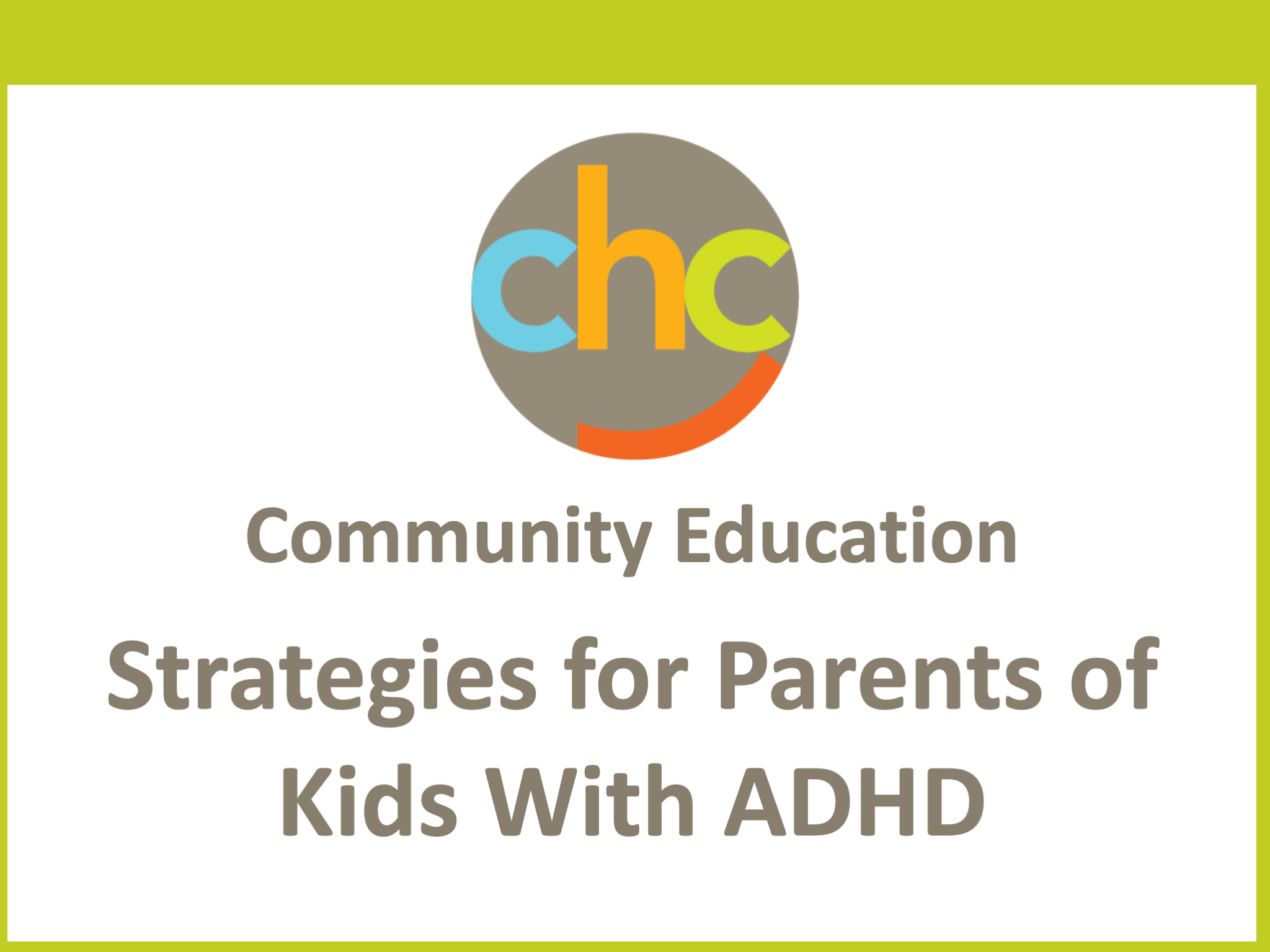 It can be tough for any parent to get the special education services their kids need, but it’s especially tricky for Black and Hispanic parents.
It can be tough for any parent to get the special education services their kids need, but it’s especially tricky for Black and Hispanic parents.
Research shows that while children of color and English language learners are often overrepresented in special education classrooms, they are less likely to be identified as having learning disabilities.
Parents of color too often see that schools don’t want to “stigmatize” these kids with the special education label, misdiagnose their students’ learning problems, or are reluctant to pay for the service a child needs. Here are some things to do about it.
An evaluation for learning disabilities is the crucial first step
If you or your child’s teachers see ongoing academic or behavioral difficulties at home and school, you should request a disability evaluation. This is free in public schools and the first step in getting services for your child through an Individualized Education Program (IEP) or a 504 Plan.
An IEP entitles your child to services that can include a modified curriculum, specialized instruction, occupational therapy, physical therapy, speech therapy, and/or counseling. A 504 Plan allows a child with emotional or learning disabilities to get accommodations in school.
The critical IEP meeting: IEP or 504?
After the evaluation is done, the school will form an IEP team, which includes the parents and the child if they are 16 or over.
Together, the team determines whether the child has one of the 13 disabilities protected under federal law and whether the student needs special services in school. It’s not uncommon for a child to have more than one type of learning problem.
If your child has a more common disability like mild ADHD or dyslexia that can be addressed with small classroom adjustments, you can consider a 504 plan instead of an IEP.
Dyslexia
Dyslexia is the most common learning disability, affecting 20 percent of the population. There are many different signs, but overall it’s a notable difficulty in learning to read and reading. Dyslexia does not mean a lower intelligence level. As with many other disabilities, it is under-identified in children of color.
Math struggles, known as dyscalculia, are a related but less widely known learning disability that easily can derail school progress. Children with dyscalculia might mix up numbers or find simple mental math very hard to do.
Speech pathology
While every child progresses differently when it comes to speaking and communicating their thoughts, there are some signs you can look for that might identify a need for a speech therapist.
Speech pathologists can help children with a variety of disabilities, including autism, cleft palate, and even reading and writing difficulties.
Parents of color should be aware, however, that people assessing children for speech or language impairments may judge a child to be making a speech error when it might actually just be a difference in dialect or accent. To combat this, try to find people who are culturally trained and aware of the language and dialect you speak at home.
Attention Deficit Hyperactivity Disorder
Experts estimate that between 4 percent and 12 percent of children have ADHD. While ADHD is technically not a learning disability, it can seriously affect a child’s behavior and ability to learn, so an IEP or 504 plan can help.
You should be aware of the possibility of racial bias in ADHD identification by teachers.
Psychological help
Kids are increasingly in need of mental health support, and they may be entitled to it at school, though this help can be hard to get.
Too many Black and Hispanic youth suffer from undiagnosed post-traumatic stress disorder (PTSD). If a child has an emotional or behavioral disorder that’s interfering with the ability to do school work, such as PTSD, ADHD, or oppositional defiant disorder (ODD), the school can provide counseling as part of an IEP.
Don’t forget you’re not alone
It can be intimidating to face the obstacles involved in getting help for any child with a learning disability. Advocates are now available to help you when once there may have been none.
Adapted from “How to Get the Right IEP or 504 for Your Child’s Learning Disabilities” on GreatSchools.org. Read the source article online for more details.
Source: GreatSchools.org | How to Get the Right IEP or 504 for Your Child’s Learning Disabilities, https://www.greatschools.org/gk/articles/how-to-get-the-right-iep-or-504-for-your-childs-learning-disabilities | ©1998-2023 GreatSchools.org
Do you need someone to talk to? To schedule an evaluation or to get advice about your child’s or teen’s challenges, call or email a CHC Care Coordinator at 650.688.3625 or careteam@testing.chconline.org CHC teletherapy services are available now.





